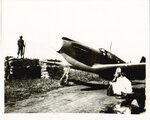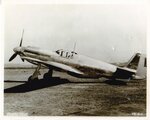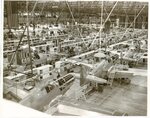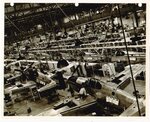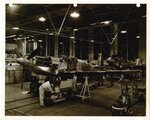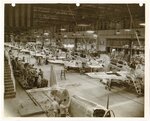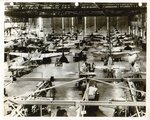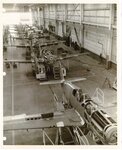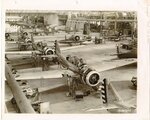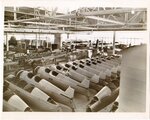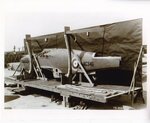Admiral Beez
Major
Fighter factory....


Bomber factory...


With this level of industrial disparity, how the heck did the Germans think declaring war on the USA was going to work out well for them?
Bomber factory...
With this level of industrial disparity, how the heck did the Germans think declaring war on the USA was going to work out well for them?

